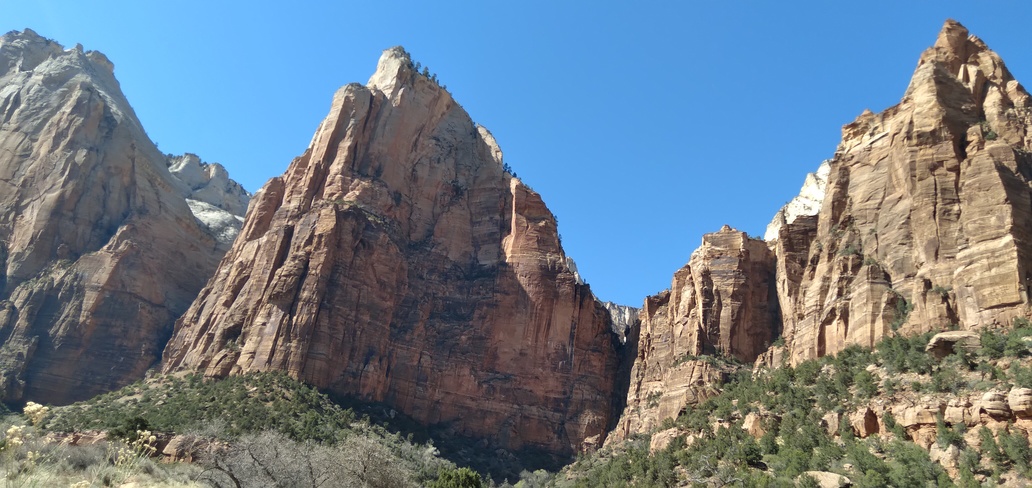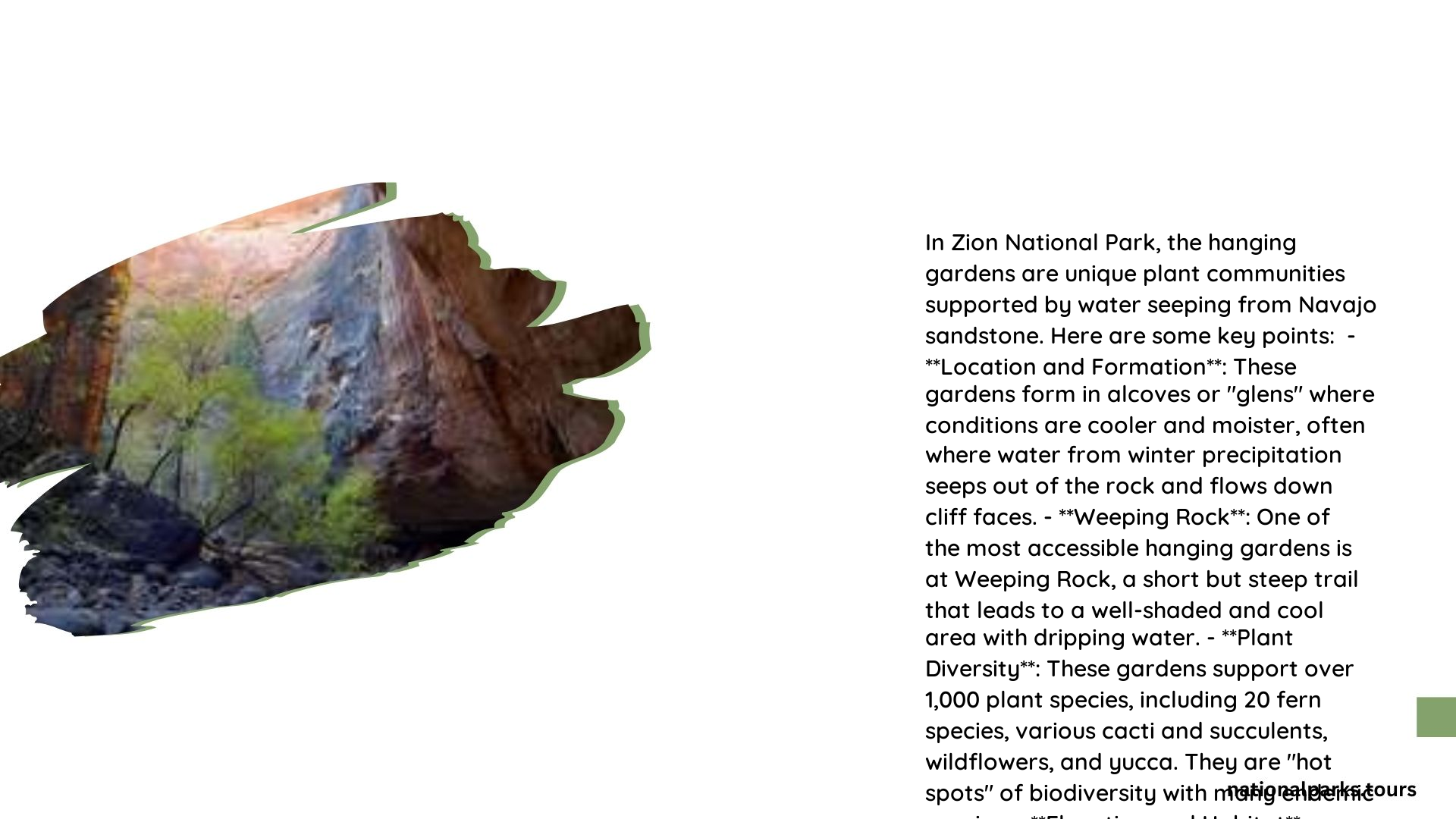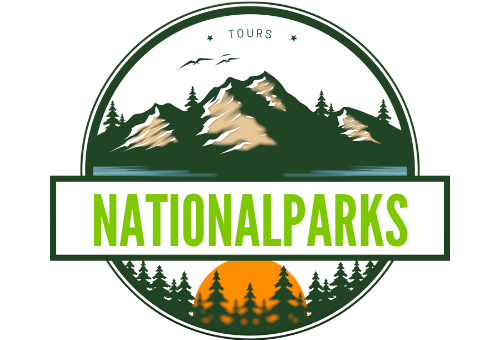Zion National Park, renowned for its stunning red rock formations and diverse ecosystems, does not actually contain “Hanging Gardens” in the traditional sense. However, the park’s unique geology and microclimate create lush, verdant areas that cling to cliff faces, reminiscent of hanging gardens. These pockets of greenery, nurtured by seeping water and sheltered from harsh desert conditions, offer a stark contrast to the surrounding arid landscape. This article explores these natural wonders and provides essential information for visitors seeking to experience Zion’s remarkable flora and geological features.
What Are the “Hanging Gardens” of Zion National Park?

While not officially named “Hanging Gardens,” Zion National Park boasts several areas where water seeps from porous sandstone layers, creating moist environments that support diverse plant life on vertical cliff faces. These areas are often referred to as “weeping rocks” or “hanging gardens” due to their appearance and ecological significance.
Key features of these areas include:
- Lush vegetation clinging to steep rock walls
- Unique microhabitats supporting rare plant species
- Constant moisture from natural springs and seeps
- Stark contrast to surrounding desert landscape
Where Can Visitors Find These Unique Ecosystems in Zion?

Several locations within Zion National Park showcase these verdant cliff-side ecosystems:
- Weeping Rock
- Location: Along the Zion Canyon Scenic Drive
- Short, paved trail leading to an alcove with water seeping from the rock face
-
Abundant ferns, mosses, and wildflowers
-
Emerald Pools
- Three-tiered system of pools fed by springs and waterfalls
- Lower, Middle, and Upper Emerald Pools trails offer varying difficulty levels
-
Lush vegetation surrounding the pools
-
Hidden Canyon
- A narrow, slot-like canyon with diverse plant life
- Challenging hike with chains for support in some sections
- Unique microclimate supporting hanging gardens
What Plants Can Be Found in Zion’s Cliff-Side Ecosystems?
The moist environments created by seeping water support a diverse array of plant life, including:
| Plant Type | Examples |
|---|---|
| Ferns | Maidenhair fern, Western sword fern |
| Mosses | Various species thriving in damp conditions |
| Wildflowers | Columbine, Shooting star, Monkey flower |
| Trees | Box elder, Fremont cottonwood (in lower areas) |
| Cacti | Prickly pear (in drier sections) |
These plants have adapted to thrive in the unique conditions provided by the seeping water and sheltered cliff faces.
How Did These Unique Ecosystems Form?
The formation of Zion’s cliff-side ecosystems is a result of the park’s unique geology:
- Porous Navajo Sandstone layers allow water to percolate through the rock.
- When water reaches an impermeable layer, it moves horizontally and emerges as springs or seeps.
- Constant moisture creates microhabitats that support diverse plant life.
- Over time, plants colonize these areas, forming lush, hanging garden-like ecosystems.
What Is the Best Time to Visit These Areas?
The optimal time to visit Zion’s lush cliff-side ecosystems depends on several factors:
- Spring (March to May): Wildflowers bloom, and waterfalls are at their peak flow.
- Summer (June to August): Warm temperatures, but crowds are at their peak.
- Fall (September to November): Pleasant temperatures and fewer crowds.
- Winter (December to February): Least crowded, but some trails may be icy or closed.
For the best experience, consider visiting in late spring or early fall when temperatures are mild and water flow is still significant.
How Can Visitors Protect These Fragile Ecosystems?
To preserve Zion’s unique cliff-side habitats, visitors should follow these guidelines:
- Stay on designated trails to prevent erosion and damage to plants.
- Do not collect or disturb plants, rocks, or wildlife.
- Carry out all trash and dispose of waste properly.
- Use biodegradable sunscreen and insect repellent to minimize water contamination.
- Respect park regulations and closures designed to protect sensitive areas.
What Hiking Trails Offer the Best Views of These Ecosystems?
Several trails in Zion National Park provide excellent opportunities to observe the park’s lush cliff-side ecosystems:
- Weeping Rock Trail
- Length: 0.4 miles round trip
- Difficulty: Easy
-
Features: Short paved trail leading to a rock alcove with hanging gardens
-
Emerald Pools Trails
- Length: 1.2 miles to Lower Pool, 2 miles to Middle and Upper Pools (round trip)
- Difficulty: Easy to Moderate
-
Features: Series of pools with surrounding vegetation and waterfalls
-
Riverside Walk
- Length: 2.2 miles round trip
- Difficulty: Easy
-
Features: Paved trail along the Virgin River with views of seeping walls and lush vegetation
-
Hidden Canyon Trail
- Length: 3 miles round trip
- Difficulty: Strenuous
- Features: Narrow canyon with diverse plant life and unique geological formations
What Photography Tips Can Enhance Captures of These Areas?
To capture the beauty of Zion’s lush cliff-side ecosystems:
- Use a polarizing filter to reduce glare from wet surfaces and enhance colors.
- Shoot during golden hour (early morning or late afternoon) for softer light.
- Include elements that show scale, such as hikers or trees.
- Use a tripod for sharp images, especially in low-light conditions near waterfalls.
- Experiment with macro photography to capture details of small plants and flowers.
- Consider long exposures to create silky effects on flowing water.
By following these tips, visitors can create stunning images that showcase the unique beauty of Zion’s verdant cliff-side habitats.
References:
1. Zion National Park Official Website
2. Utah Office of Tourism – Zion National Park
3. USGS – Geology of Zion National Park
